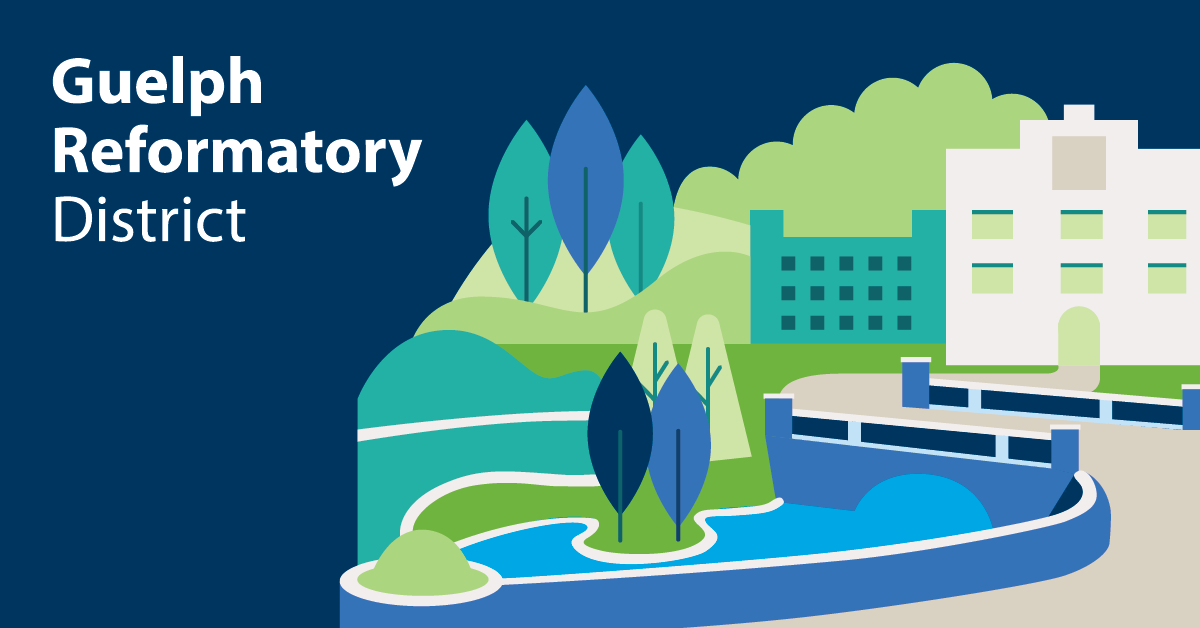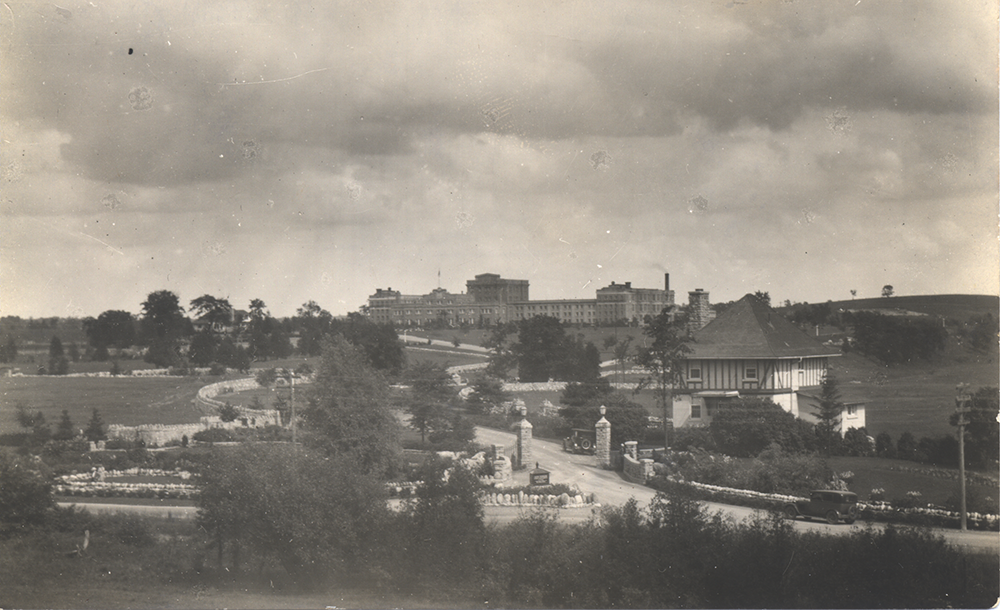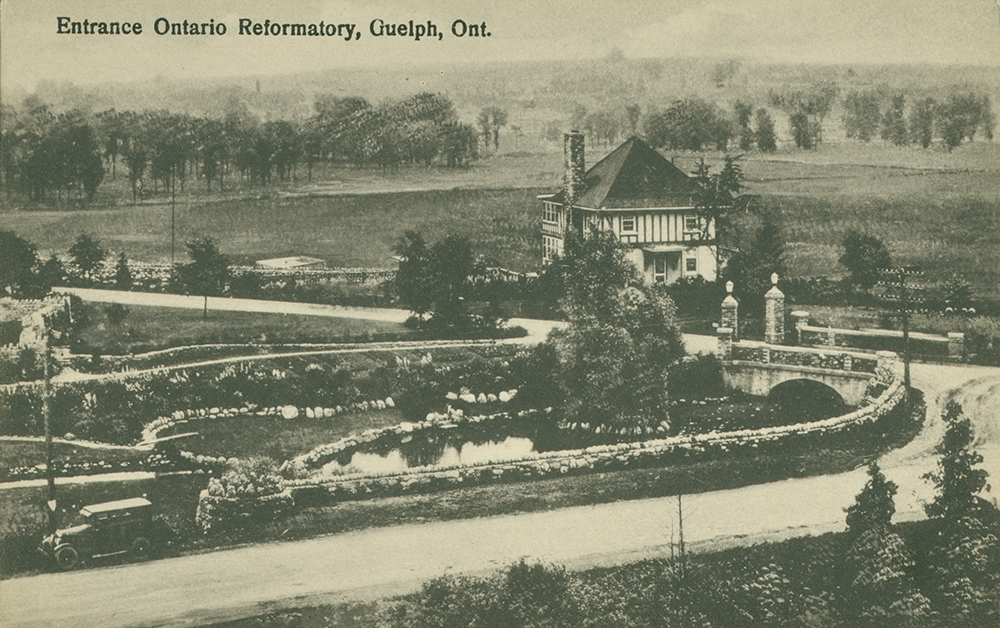On this page

About the study
The City of Guelph is conducting a heritage conservation district study for the Ontario Reformatory area of Guelph.
The Ontario Reformatory or “OR” opened in 1911 and served as an innovative correctional facility for the first half of the 20th century. From 1970 through to its decommissioning in 2001, parts of the Reformatory site were repurposed and operated as the provincially run Guelph Correctional Centre.
In 2016, Infrastructure Ontario indicated the Province of Ontario’s intention to sell the property. In preparation for the future property sale, Council approved a heritage designation by-law for 785 York Road in 2021 and also directed staff to initiate a heritage conservation district study for the Ontario Reformatory area.
Community engagement
We encourage the community to follow this project. Please visit the engagement page to watch recordings of public open houses, review feedback from the completed engagement process, and learn about future opportunities to provide feedback.
Project phases
This project is divided into two phases. Both include a mix of technical and engagement tasks:
Phase 1: Heritage Conservation District Study
The purpose of the Phase 1 Study is to determine if the Ontario Reformatory HCD Study area merits designation as a heritage conservation district in accordance with the Ontario Heritage Act, provincial guidelines, and municipal policies.
Click the link below to see the full HCD Study area which consisted of the lands south of York Road, west of Watson Parkway South, north of Stone Road East and east of the Guelph Junction Railway tracks on the west side of the Eramosa River. The HCD Study area map also locates highlight features within the Ontario Reformatory cultural heritage landscape such as buildings, stone walls, bridges, ponds and the quarry area.
Detailed map of study area and highlight features
Through the Phase 1 Study we assessed the historical, design and contextual value of the study area; identified contributing and non-contributing properties and resources; reviewed the existing policy framework in the area; and defined boundaries for the cultural heritage landscape. Phase 1 also included community engagement to help the project team further understand the community’s experience of the area, and to inform the recommended Heritage Conservation District boundary presented in the completed Ontario Reformatory Heritage Conservation District Study Phase 1 Report.
Based on community engagement, and a study of the area, the recommended Ontario Reformatory Heritage Conservation District Boundary is identified in this map. The black dashed line is the recommended Ontario Reformatory HCD boundary.

Notice of Council Decision Meeting: On March 21, the findings and recommendations of the Ontario Reformatory Heritage Conservation District Study Phase 1 Report will be presented to Council. The staff report to Council will be available on March 9 after 12 p.m at guelph.ca/agendas.
Phase 2: Heritage Conservation District Plan
Should Council approve the recommendations of the Phase 1 Study, Phase 2 would commence and begin the preparation of a HCD Plan and Guidelines in accordance with Part V, Section 41 of the Ontario Heritage Act. The Plan would build on the recommendations of the Study and provide guidelines for managing change in ways that highlight and conserve the distinct cultural heritage character of the area.
Reports
Ontario Reformatory HCD Study Report
For more information
Stephen Robinson
Senior Heritage Planner
Planning Services
519-837-5616 extension 2496
[email protected]
Photos


